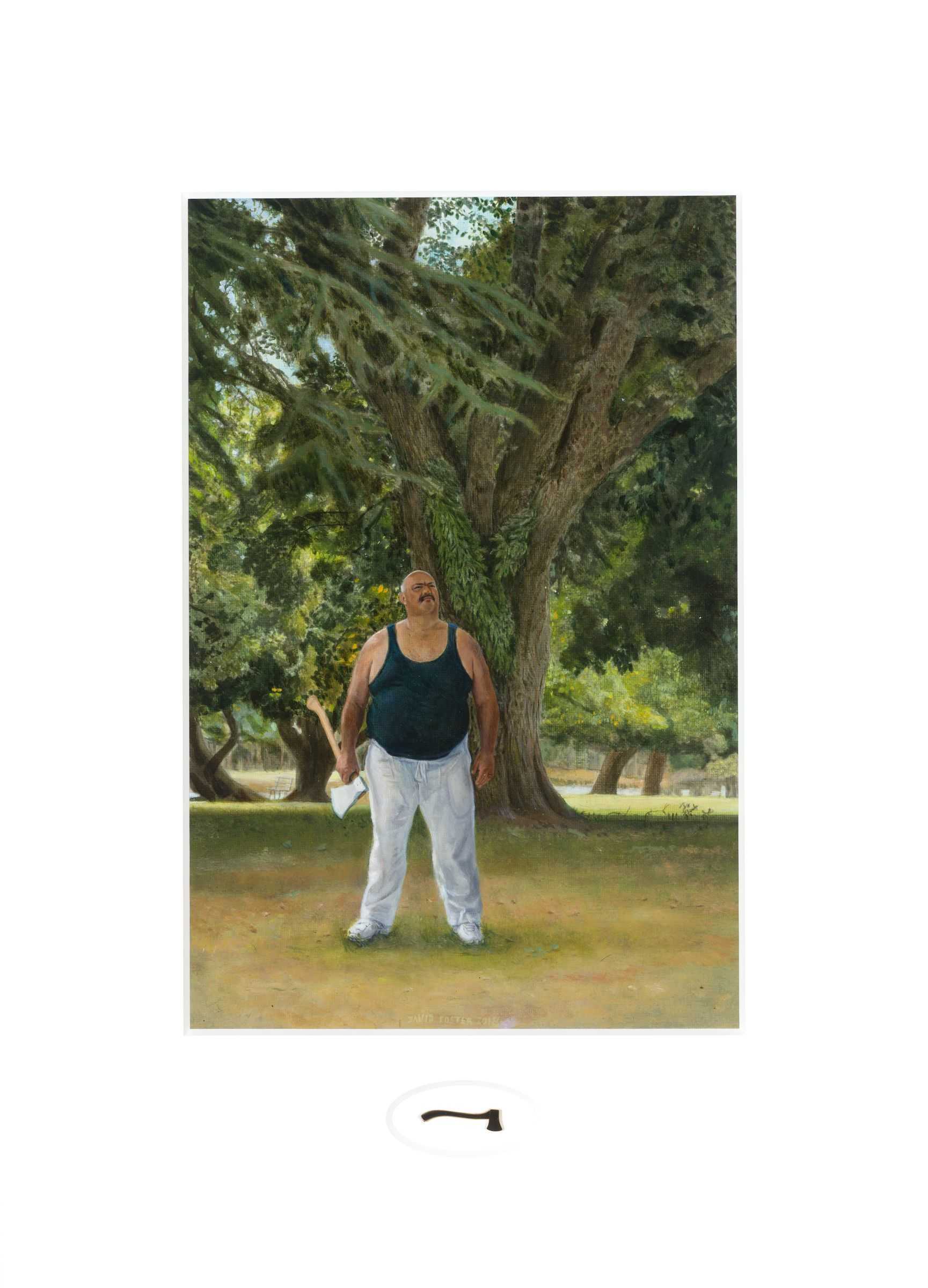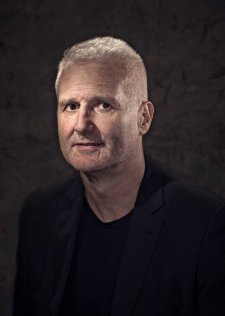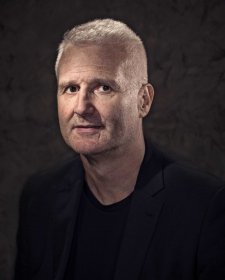David Foster OAM (b. 1957), champion axeman, is the most successful competitor in the history of the sport of woodchopping. Foster first competed with his father, George, at the age of twenty-one and the duo won the World Double-handed Sawing competition for the next eleven years. As Australian team captain, Foster and his brother, Peter, continued this winning streak for another decade. In time, Foster’s son Stephen took over as his partner, and his daughter Janelle became his personal trainer. Over the course of his career he has amassed more than a thousand woodchopping championships, including 186 world and 179 national titles. In 2003, he announced his retirement as Australian team captain. Later, for a few years, he and his wife operated the Australian Axeman’s Hall of Fame. Well known for his charitable and community activities, including repeated participation in the ‘Giving Tree Walk’, the ‘big man’ was Tasmanian of the Year in 1995 and the Tasmanian Australian of the Year in 2005. In recent years he has campaigned against domestic violence and stigmatisation of people with mental illnesses, and in favour of same-sex marriage. Amongst Foster’s memorable observations is ‘The only thing different between me and you is that I can cut wood better than you and I know that for a fact’.
Jacqui Stockdale
‘To get to know my subject and to look for a setting for the portrait I visited David in his home town of Devonport, Tasmania. He was keen to show me the woodchopping arena, called Henley on Mersey at Bell’s Parade in Latrobe. It was parkland near a river and on the day we visited it was quiet and picturesque. I asked him to stand beneath a giant tree and pose for the camera. He said to me, “If only this tree could talk.” “Why?” I asked. “Because four generations of Fosters have wood chopped here: my great uncle, my father, my son and me.” I looked over to where the wood blocks would have been during the annual regattas and imagined the sounds of people cheering and wood chips flying until the block split and the winner laid down his axe. David is a powerful, large man with a huge presence. I balanced the composition with an enormous tree that bears witness metaphorically to his family history. Ironically, the presentation of the work was inspired by the small-scale, full-length watercolour portraits by 18th century British artist John Dempsey. The viewer is drawn close to the work in a moment of intimacy and may question whether the work is a painting or a photograph, or both.’
Jacqui Stockdale (b. 1968) works across theatrical portrait photography, painting, drawing and collage to explore ideas surrounding cultural identity, national history, theatricality, masquerade and folkloric traditions. Raised in Benalla, Victoria, Stockdale graduated from Victorian College of the Arts in 1990 and later gained a graduate diploma in video art from the University of Tasmania. In 2012, she won the Moran Contemporary Photographic Prize. In 2014, her work featured in different exhibitions at the Louvre, Paris, and Museum Villa Rot, Germany. In 2016, her paintings, collages, photographs and drawings were surveyed in Familija at the Benalla Art Gallery and she was invited to show in the Adelaide Biennial of Australian Art. In 2017 she was a finalist in the Olive Cotton Award and Martin Kantor Portraiture Prize and in 2018, in the Blake Prize and the National Photographic Portrait Prize. Her work is represented in significant collections throughout Australia and abroad.
Commissioned with funds provided by the Sid and Fiona Myer Family Foundation 2018

















